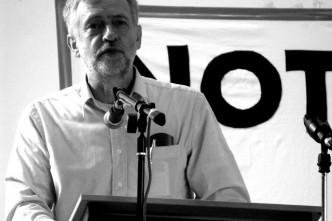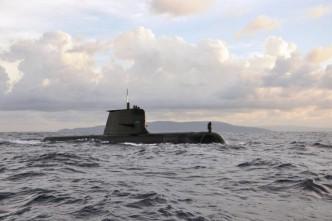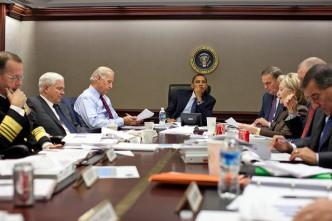This piece is drawn from Agenda for change 2016: strategic choices for the next government. The 2016 defence white paper didn’t end the contemporary defence debate; it began it. Our strategic environment is full of …
‘If the world is increasingly divided between fire fighters and arsonists then Britain has, for centuries been a fire fighter. This is no time for Britain to join the ranks of the arsonists and there …
While I was ambassador to the US, I visited Electric Boat’s yard in Groton, Connecticut, where the US Navy’s latest Virginia-class nuclear submarines are under construction. This wasn’t an indulgence. Part of my job was …
Washington in 2010—one year into the Obama administration, still mired in the fallout of the global financial crisis and troubled by Afghanistan and Iraq—didn’t provide fallow ground for new commitments in the Asia–Pacific. A new …
The importance of the ‘rules-based global order’ as a defence priority appears as frequently in the 2016 defence white paper as ‘self-reliance’ did in the 1987 DWP. It’s the leitmotif of the publication. Multiple challenges from state …
The 2016 defence white paper is a first-class statement on Australia’s strategic situation. It proffers a balanced view of the significance of Australia’s alliances and ably inserts their defence in the context of broader regional …





